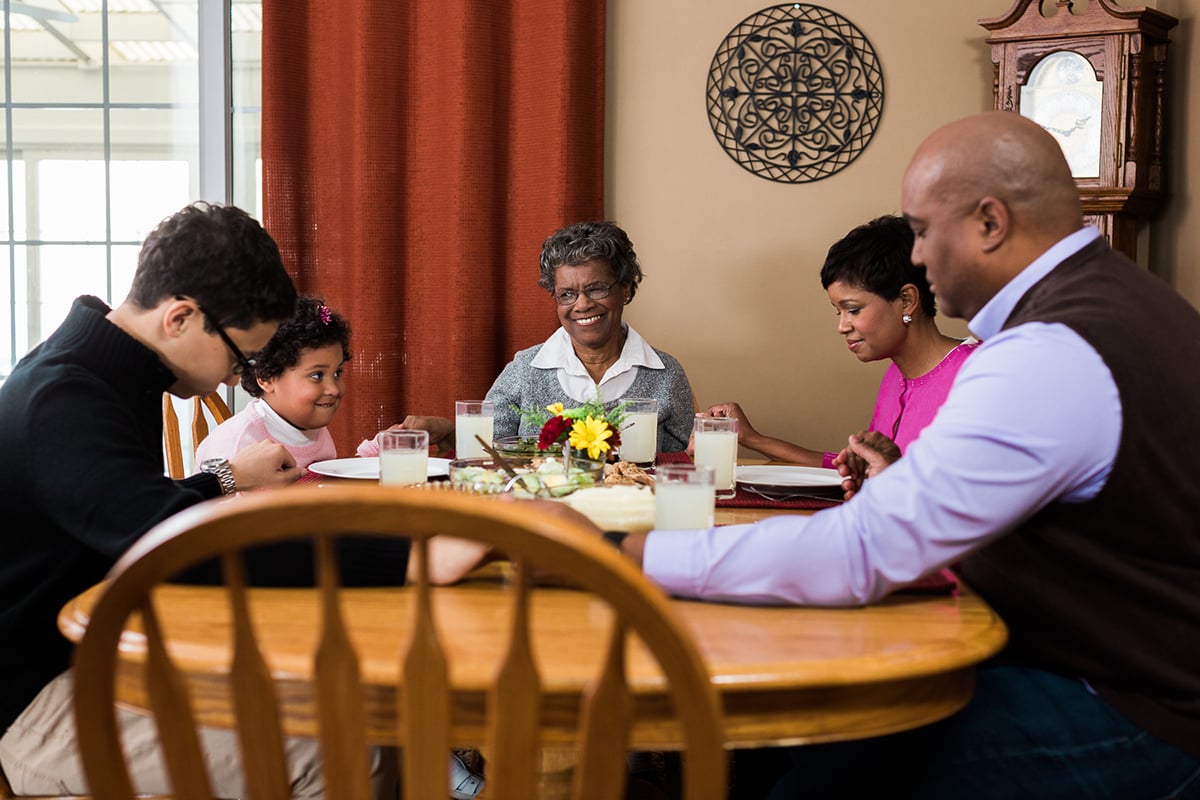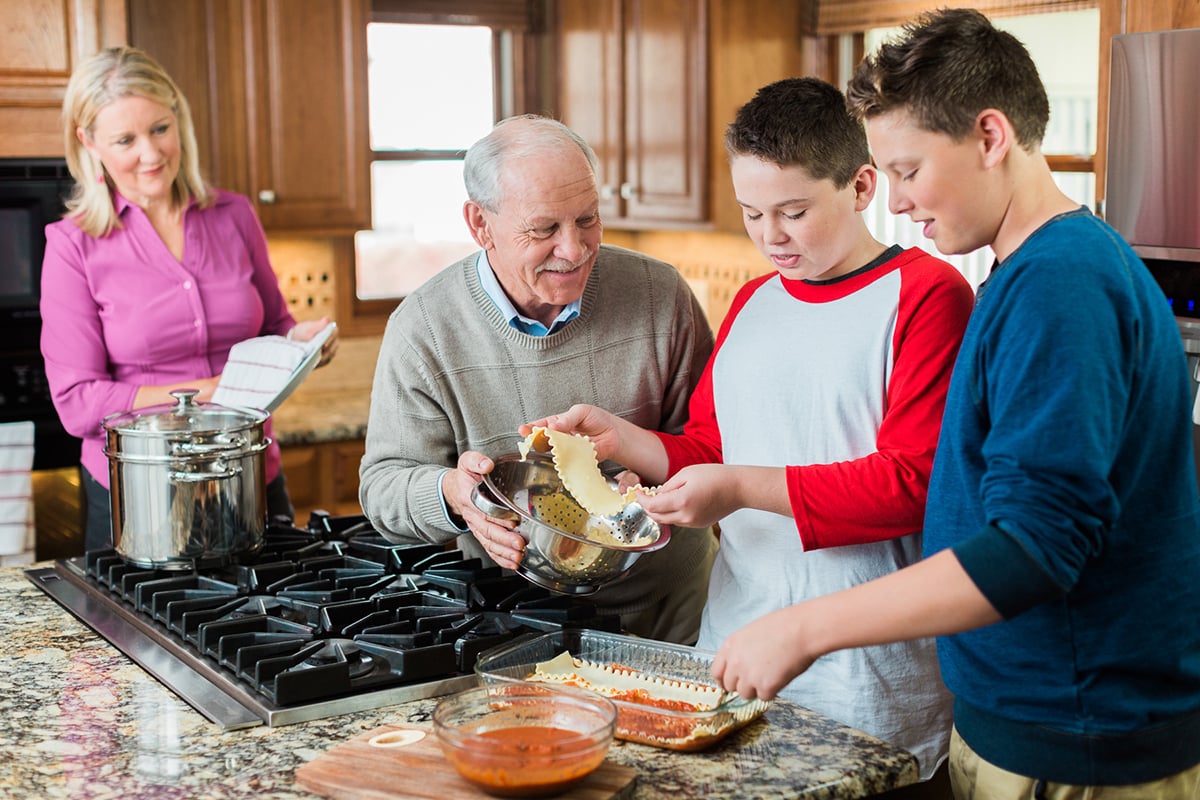Between the kids’ activities, household upkeep, and for many, the demands of work, life can undoubtedly be overwhelming at times. Add in the responsibility of caring for an aging parent and you could soon feel the fatigue and stress common to the “Sandwich Generation.”
Today, more and more people, sandwiched between their own children and a 65+ parent, are tasked with stepping into dual provider roles: caregiver to an aging loved one and parent or guardian. According to Statistics Canada, the "sandwich generation" now includes more than two million Canadians -- or 28 per cent of all caregivers in Canada.
If you’re a sandwich generation caregiver, it can be extremely important to know your personal and financial limits and be open to voicing your challenges with family and friends. While it may sound impossible, there are ways to carve out moments for yourself – whether breaks at home or time away – in order to mentally and physically reset. In fact, your health may depend on it.
If you’re in a good place with your own wellness, you can be a far stronger care provider for your loved ones. Here are 5 ways you can help manage your caregiver stress and survive the sandwich generation press:
- Ask for help when you need it.
Sounds easy enough, but the reality is we often feel obligated to do it all. If you have younger children, you could ask a friend or family member to pick them up from school or soccer practice – or create a carpooling schedule. Team up with other parents to swap play dates so you can be kid-free for Mom’s doctor’s appointment, or for a few hours of personal time each week. Don’t ever feel guilty for carving out time for yourself. - Create your own home space.
Not every part of the house needs to be dedicated to caregiving. Give your kids and/or your parents their space while you have a room or area of the house to decompress with TV, yoga or listening to music in a comfy chair. Make a wellness appointment for yourself: pencil in times on the calendar to be in this spot every week. - Join a support group.
You are not alone – not by a long shot. With the panini generation becoming more prevalent in recent years, there are many caregiver support groups and resources that can help you manage your role. If no services are available nearby, try joining an online support group or a social media group. A quick search for “family caregiver” brings up a slew of options. - Line up respite care.
Professional care services can offer much-needed respite and ensure your parent or aging loved one is safe while you’re not there. Many Care Professionals are trained specifically for elder care, helping with personal care such as bathing and other tasks you may not feel comfortable doing and engaging older adults with their hobbies and other fun activities to help them thrive. Care Professionals also can provide rides to appointments, cook, help with household tasks, and may be available for ongoing care. Talk with your mom and dad about their options and inquire what government and insurance care benefits they may be eligible for. - Sync with your employer and friends.
If you’re employed, you could let your boss or colleagues know about your situation and caregiving needs. Being transparent can ease stress and help others understand what you need to be at your best. You may also be eligible for Employee Assistance Program (EAP) benefits that could help manage your stress. If you’re a stay-at-home parent or retired, talk to your neighbors and friends about your needs and see if they have similar stories or advice to share.
There may be days ahead that you feel like you have the weight of the world on your shoulders. It’s okay if you’re not there for everyone, all the time. Co-workers can help hold down the fort for you. Kids can watch TV while you’re dealing with all the things. Really. Cut yourself some slack on the household chores (better yet, assign some to those kids!). And when you feel you’re ready for help, check out the resources and support that a Home Instead network Care Professional could provide.
Respite Care Services Near Me





